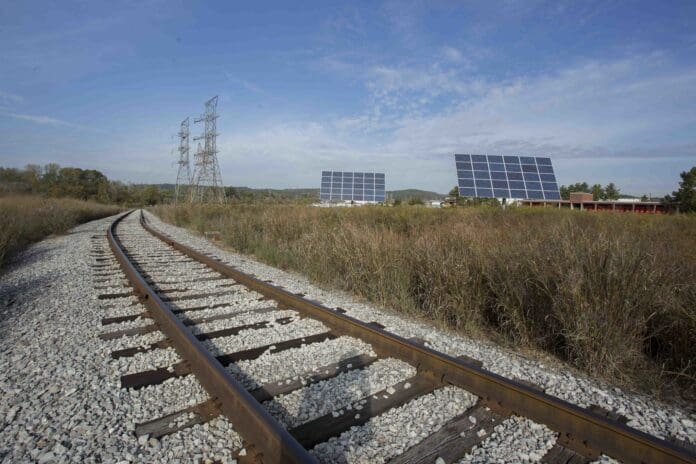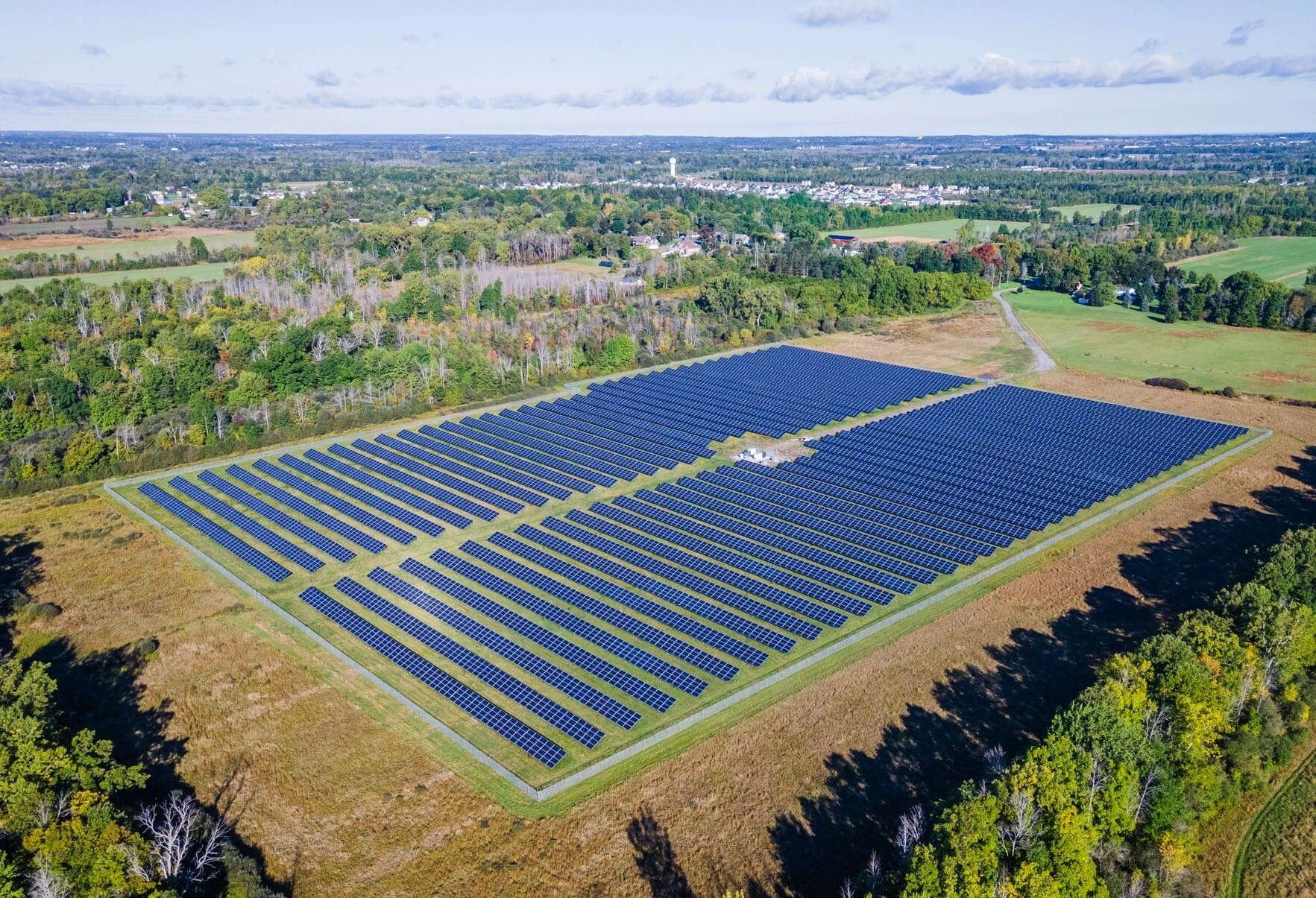This article was written by Jack Kerfoot.
The United States has significantly reduced its consumption of coal since the early 2000s. In 2005, coal was used to generate about 50% of US electricity, but by 2021, only 19.8% of the nation’s electricity was generated by coal. Renewables are expected to overtake coal as the world’s top energy source by 2025, and there are three compelling reasons that the demand for coal as a fuel is declining dramatically around the world.
The number one reason is economics. The cost to generate power from renewable energy — solar, wind, and hydropower — is significantly cheaper than coal. In the United States, the cost to generate power from coal-fired plants is more than twice the cost of solar or wind. Next, coal ash, which leads to ground water pollution. Coal ash contains arsenic, mercury, and lead, which are toxic. The last reason is climate change. The burning of fossil fuels –– coal, natural gas, and oil –– is the primary reason for global warming and climate change. Coal generates considerably more greenhouse gasses than natural gas, which is another type of fuel used to generate electricity in many countries.
Major renewable energy project development is booming in every region in the world, although the reason is country dependent:
Middle East — Oil exporting countries like Saudi Arabia and the United Arab Emirates are aggressively developing massive solar projects to replace oil and natural gas power plants for domestic electricity generation. This preserves the nation’s greatest natural resources for export. In 2020, Saudi Arabia exported US$95.7 billion in crude oil.
Africa — Developing countries with very limited access to electricity, like Chad, Burundi, and Madagascar are building small, low-cost photovoltaic projects that provide electricity for the people in their nation. Electricity is essential to run pumps in water wells for the local communities.
Southeast Asia — Oil and gas exporting countries like Indonesia and Malaysia are developing large-scale solar projects for domestic power and export by marine cables to Singapore. Similar to countries in the Middle East, Indonesia and Singapore want to preserve their nation’s oil and natural gas resources for export. The export of electricity from renewable energy has multi-billion-dollar export potential for Indonesia and Malaysia.
Europe — On February 24, 2022, Russia invaded Ukraine, resulting in the European Union, United Kingdom, United States, Canada, Japan, and South Korea placing embargos on Russian exports. Europe has been aggressively developing new renewable energy projects to offset the loss of Russian natural gas imports.
South America — Countries with vast renewable energy resources of hydropower, wind, and solar, like Paraguay and Uruguay, are actively developing new renewable energy projects to increase green energy electricity exports to neighboring countries Argentina and Brazil. In 2020, electricity exports generated US$1.7 billion for Paraguay.
United States — The development of renewable projects is booming in almost every state. Massive offshore wind projects are being developed along the eastern seaboard. Wind and solar are booming in the Great Plains, generating thousands of new jobs and reducing the cost of power for local residents. In 2005, only 8.8% of the United States’ electricity was from renewable energy. In 2021, renewables generated 19.8% of the nation’s electricity. Current data indicates that renewable energy will generate up to 50% of the nation’s electricity by 2030.
Nations around the world are moving from coal to renewable energy due to compelling economic, environmental, and climate change data. The IEA’s World Energy Outlook forecast appears to be a certainty. Replacing coal with renewable energy sources is a matter of urgency for our planet and common sense for the US economy. The momentum for renewable energy in the United States is spreading from coast to coast and will lead to a safer, healthier, and more prosperous nation.
About The Author
 Jack Kerfoot is a scientist, energy expert, and author of the book Fueling America: An Insider’s Journey. He has written articles for The Hill, one of the largest independent political news sites in the United States. He has been interviewed on more than 100 radio and television stations from New York City to Los Angeles on the frequently discussed, but poorly understood topic of energy. Kerfoot began his career in the energy industry in 1976, when America was paralyzed by an energy crisis. He has spent more than 45 years traveling the world, working with scientists, bureaucrats, ministers, tycoons, sheiks, and heads of state on a diverse range of energy issues. He is the principal of JL Kerfoot Energy Services and blogs on his website, Our Energy Conundrum, at www.jackkerfoot.com.
Jack Kerfoot is a scientist, energy expert, and author of the book Fueling America: An Insider’s Journey. He has written articles for The Hill, one of the largest independent political news sites in the United States. He has been interviewed on more than 100 radio and television stations from New York City to Los Angeles on the frequently discussed, but poorly understood topic of energy. Kerfoot began his career in the energy industry in 1976, when America was paralyzed by an energy crisis. He has spent more than 45 years traveling the world, working with scientists, bureaucrats, ministers, tycoons, sheiks, and heads of state on a diverse range of energy issues. He is the principal of JL Kerfoot Energy Services and blogs on his website, Our Energy Conundrum, at www.jackkerfoot.com.

















